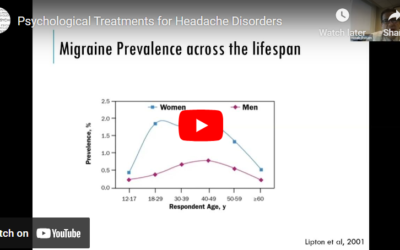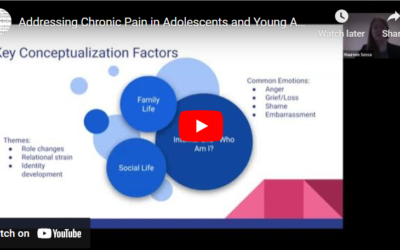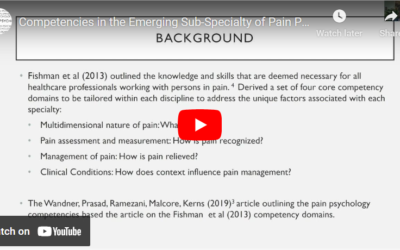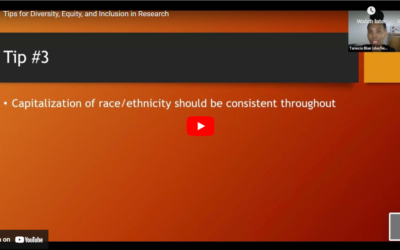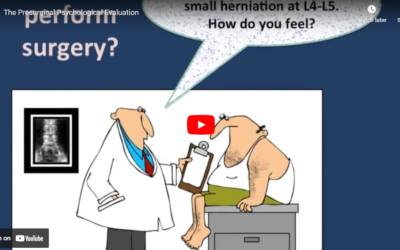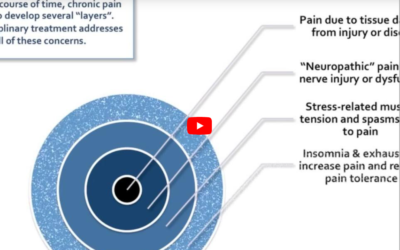List of psychological tests commonly used in the assessment of chronic pain.
Articles & Resources

Practice Guidelines for Chronic Pain
Learn more about practice guidelines for chronic pain.
Welcome Wednesday: Interest Groups
This event provides an introduction/orientation to membership benefits in the Society for Health Psychology. The special topic was SfHP Interest Groups.
Emotional Awareness and Expression Therapy (EAET) Resources
Resources about Emotional Awareness and Expression Therapy (EAET), a form of psychological therapy that targets the trauma, stress, and relationship problems that are found in many people with chronic pain.
Psychological Treatments for Headache Disorders
This program provides an introduction to evidence-based behavioral headache treatment for mental health providers.
Adolescents and Young Adults (AYAs) with Chronic Pain and Illness: Perspectives and Recommendations for Psychologists
Speakers address critical issues for adult providers addressing the consequences of chronic pain in young adult patients.
Core Competencies for the Emerging Specialty of Pain Psychology
This webinar describes the rationale for developing pain psychology core competencies and the four pain core competency domains.
Tips for Diversity, Equity, and Inclusion in Research
The SfHP Diversity and Inclusion Officer Tanecia Blue, PhD, provides 5 quick tips for making your research more inclusive!
What Should You Know to be a Competent Pain Psychologist?
Review of core competencies for pain psychology.
Spinal Cord Stimulator (SCS) Psychological Evaluation Information
Information from Dan Bruns, PsyD, about evaluating patients for Spinal Cord Stimulator (SCS) surgery.
Pain as a Biopsychosocial Condition
Daniel Bruns, PsyD, provides a thorough description of the complexities of pain and outlines the manner in which some “unexpected” treatments work.
Medication adherence & HIV
Dr. Jennifer Pellowski discusses her research on medication adherence in people living with HIV. Greater medication adherence is associated with improved health and well-being and reduces disease spread.





